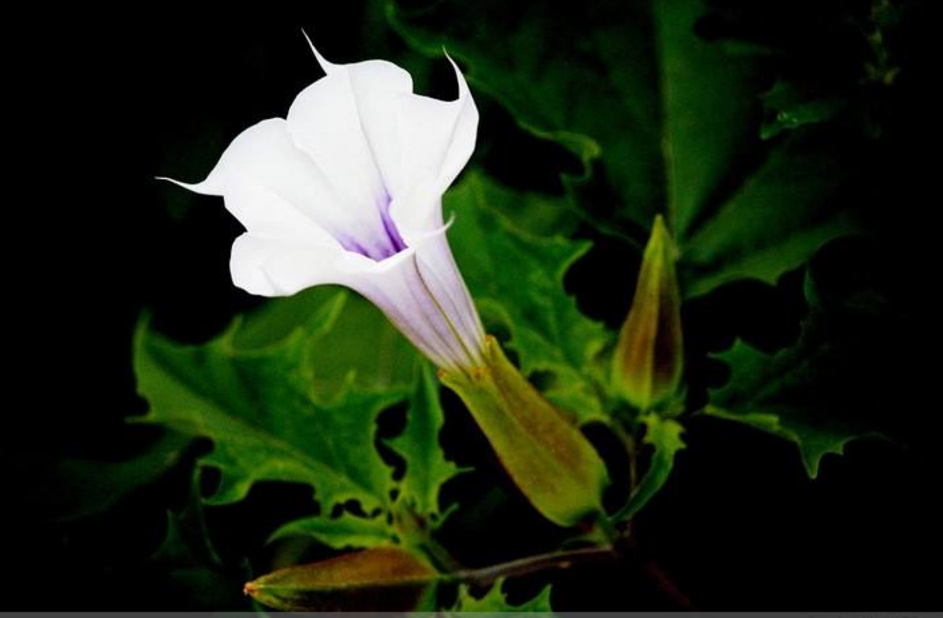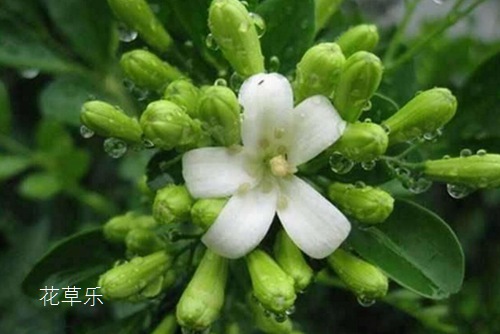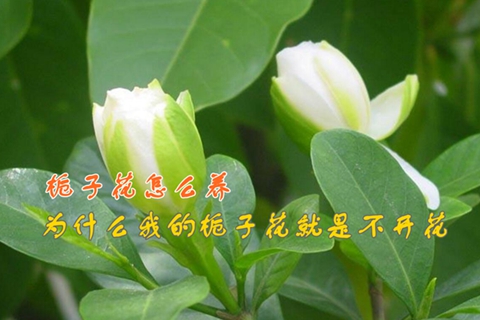22 kinds of common poisonous plants must be paid attention to in family breeding.
Plants are an indispensable part of nature, and they are closely related to people's lives. But the chemical composition of plants is complex, among which there are many poisonous plants, accidental contact, accidental eating, may appear poisoning symptoms, or even death. Many of these poisonous plants are very familiar, but they do not know their toxicity. Below, Huacaole shares with you ten common poisonous ornamental plants. Pay attention to the daily maintenance of flowers and plants and the selection of potted plants.
1. Datura

The whole plant is poisonous, and the seed is the most toxic. It mainly contains scopolamine and appears poisoning symptoms within half an hour after taking it by mistake, showing nonsense, madness and convulsions.
two。 Wisteria
Alias Fujita. The components of pods, seeds and stem bark contain cyanide and monocrotaline, which are prone to lethal toxicity if the dosage is too large.
3. Oleander
The whole plant is poisonous. It mainly contains cardiotonic glycosides, and the concentration of juice is the highest. Accidental ingestion is characterized by dizziness, nausea, diarrhea, abdominal pain, arrhythmia, until shock and death.
4. Dieffenbachia
Dieffenbachia. It is one of the most toxic varieties of Araceae. The whole plant is poisonous, and the stem sap is more toxic. Contact with juice will cause skin allergy, hair loss, accidental eating will cause digestive tract damage, damage to vocal cords make people dumb, vocal cord edema cause dyspnea, contact with eyes cause blindness.
5. Phytolacca acinosa
The whole plant of Phytolacca is poisonous and mainly contains Phytolacca alkaloids, Phytolacca saponins and Phytolacca toxin. Accidental eating is characterized by polyuria, nausea and vomiting, watery diarrhea, dizziness, and arrhythmia.
6. Catharanthus roseus
Catharanthus roseus contains vincristine and vincristine. Accidental ingestion can easily cause leukopenia, nausea and vomiting, dizziness, abnormal sensation (limb numbness, tingling), hair loss and so on.
7. Acacia bean
Also known as Chicken Mother Pearl, contains Chicken Mother Pearl toxin, which is fatal. The symptoms were nausea, vomiting, colic, diarrhea, hematochezia, pupil dilation, convulsion, dyspnea, heart and kidney failure and hemolysis.
Time: 2019-04-29 Click:
- Prev

How to raise Jiuli incense? a complete introduction to the cultivation and bonsai production of Jiuli incense
Jiuli incense, also known as: stone pepper, Jiuqiu incense, Jiushu incense, Qili incense, Qianli incense, Wanli incense, cross-mountain incense, golden cinnamon, mountain yellow peel, thousand eyes, moon orange. The plant is graceful, the branches and leaves are beautiful, and the fragrance of flowers is rich. The chemical constituents of roots, stems and leaves are the same as those of Qianlixiang.
- Next

How to raise the potted gardenia at home?
Gardenia flowers and leaves are evergreen all the year round and the flowers are fragrant and elegant. it is an important ornamental plant in the balcony courtyard. There are many varieties of gardenia, gardenia likes warm, humid and sunny environment, more cold-resistant, semi-overcast, afraid of stagnant water, requires loose, fertile and acidic sandy loam. There are eight common varieties of gardenia. Like Gardenia jasminoides
Related
- Fuxing push coffee new agricultural production and marketing class: lack of small-scale processing plants
- Jujube rice field leisure farm deep ploughing Yilan for five years to create a space for organic food and play
- Nongyu Farm-A trial of organic papaya for brave women with advanced technology
- Four points for attention in the prevention and control of diseases and insect pests of edible fungi
- How to add nutrient solution to Edible Fungi
- Is there any good way to control edible fungus mites?
- Open Inoculation Technology of Edible Fungi
- Is there any clever way to use fertilizer for edible fungus in winter?
- What agents are used to kill the pathogens of edible fungi in the mushroom shed?
- Rapid drying of Edible Fungi

